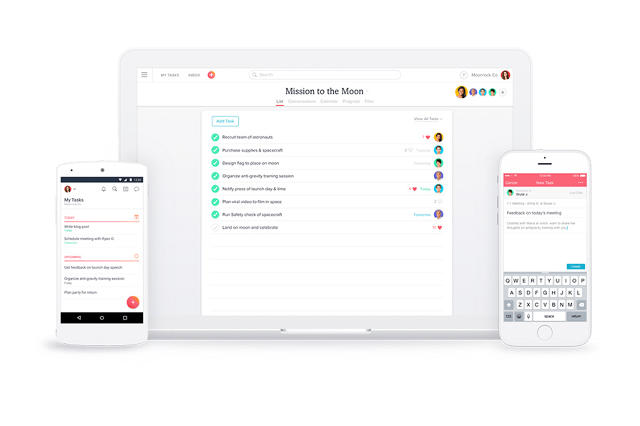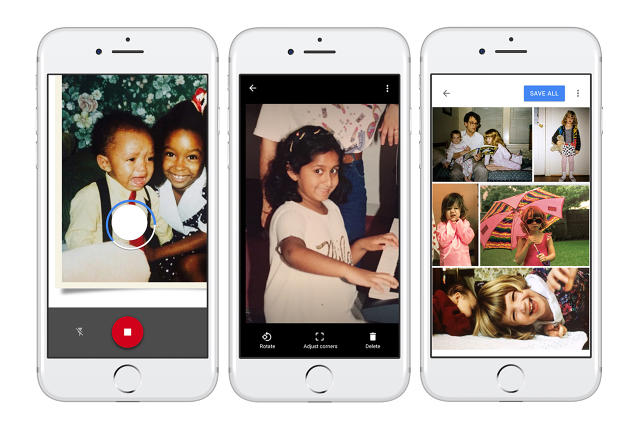A new survey reveals a crucial gap in men's and women's perceptions of gender equality in their own workplaces.
Here's what we know: Our workplaces have a long way to go to achieve gender parity in everything from leadership positions to pay, despite the fact that women and men are nearly equally represented in the workforce.
To get a better understanding of the gender divide at work, Kununu, an employer review platform, partnered with InHerSight, on the "Gender Equality" survey. The survey asked 5,000 working professionals to rate their current and former employers across 16 different factors including salary, telecommuting, learning opportunities, coworkers, paid time off, mentorship, and management opportunities, among others.
The gender split of respondents was 38% men and 62% women. InHerSight's founder and CEO Ursula Mead says that even though the split was uneven, it was substantial enough to support the comparisons and analysis behind their findings.
Here is what they found:
Overall, men are more satisfied with their jobs than women on 15 of the 16 factors. The only one they rated lower was paid time off. The survey also revealed that there are six areas that men rate significantly higher than women do.
- 46% of men felt that there were enough management opportunities for women, but only 33% of women did.
- 44% of men believed that their companies had enough women in top leadership positions compared 33% of women who were satisfied with the number of women in leadership.
- 39% of men believed that the women they work with have equal access to opportunities, but only 33% of women agree.
- 38% of men thought their company's maternity leave policy was sufficient, while 31% women felt the same.
- 31% of men believed that their companies offered support for working parents but just 24% of women agreed.
- 21% of men were satisfied with the mentorship programs at their companies but only 16% of women were.
Mead says these disparities are likely due to many factors. "I'm sure the long history of traditionally male-oriented and dominated workplaces has led to a situation where men think a boardroom full of other men is normal, and minimal parental leave and family growth support is enough," she points out.
She also believes that part of the problem is that men are rarely asked to try to see things from women's perspectives or assess support for women in their organization. "When companies dig into what women are experiencing at work, they often focus on collecting that data from women specifically," she notes, "It's a new experience for many men."
A recent Rockefeller Foundation report "Women in Leadership: Why It Matters" suggests that these blind spots are more widespread. Their online poll revealed that 9 in 10 U.S. adults surveyed think there are more women leading major companies than the 20 who actually do.
One of these blind spots does improve with age. Men grow more dissatisfied with women's representation in senior leadership as they advance in their careers, the Gender Equality survey found.
Mead chalks this up in part to "healthy optimism" at the outset of a career and in part to assumptions "that we have the right people in the right roles and are operating in an unbiased environment." She asserts that women leaders have made tremendous progress in the last 100 years. "So it can be difficult, especially when we're young and just entering the workforce, to entertain the idea that something like a "glass ceiling" still exists," she explains.
But as careers progress, for both men and women, Mead says it becomes harder to ignore the trends. "I know very few men who aren't aware of at least a few examples of women being overlooked or undervalued professionally," she argues, "and the more examples of this that someone sees—male or female—the more they realize the problems they dismissed when they were younger are still affecting people."
There's also a possibility that while careers are progressing, so are personal lives, which can have an impact on someone's perceptions of the world, says Mead. She notes that men in long-term relationships with women or fathers with young daughters are more "switched on" to the problems women face in the workforce.
That said, she does point out that men's perception of equal opportunities doesn't fall nearly as much over time as their perception of female representation in leadership or management opportunities for women. "The latter two are easy to see evidence of—are there women in leadership or management positions or not—while it's much harder to see whether opportunities are equal or not," Mead explains.
She also thinks that it may not occur to men that some of their success came as a result of unconscious bias and sexism (overt or not) in an organization rather than being simply based on personal accomplishments.
That's why, Mead says, it's important for companies to set goals and initiatives around increasing the number of women in leadership, or that have executives like Mark Zuckerberg to lead by example and make use of parental leave benefits. "It challenges the old status quo of male-focused workplaces and reminds us that these issues do exist and are important," she says.
As Moritz Kothe, CEO of Kununu notes, "While the conversation around gender equality is louder today than ever before, we clearly still have a long way to go in order for true gender equality to exist, women need to feel like they are on equal footing, and our findings indicate that we're not there yet."































